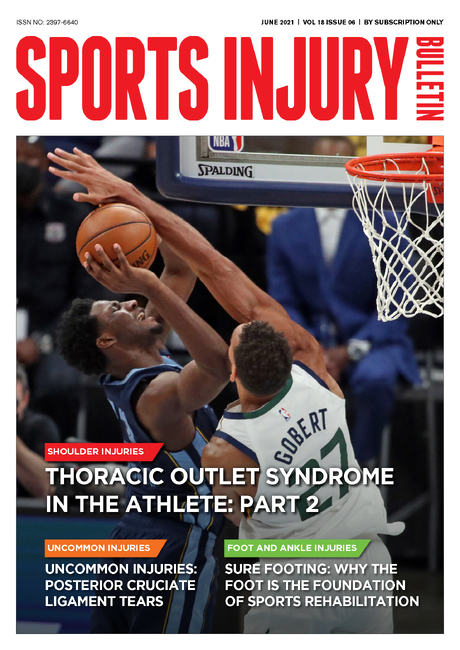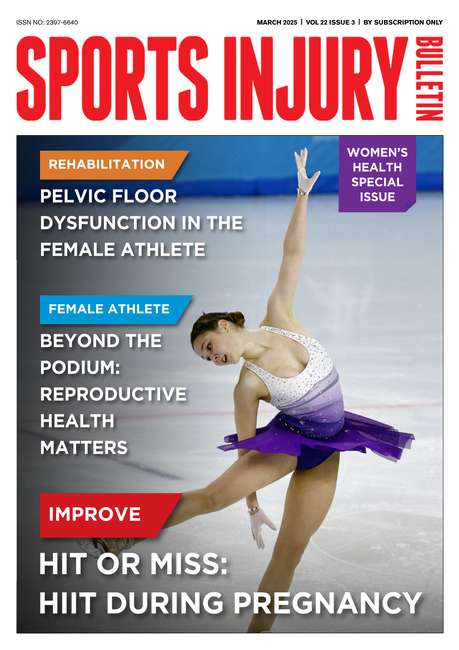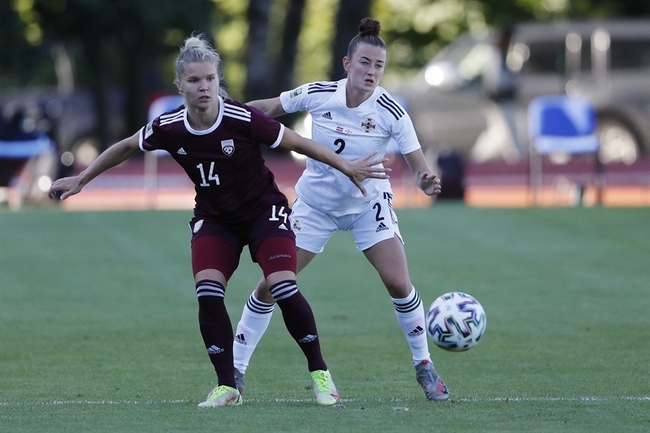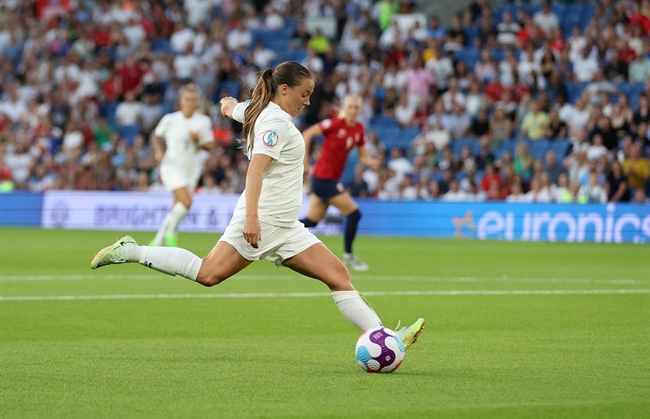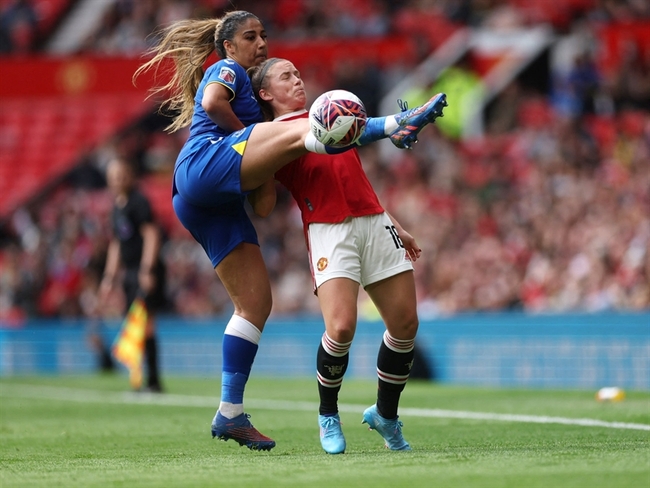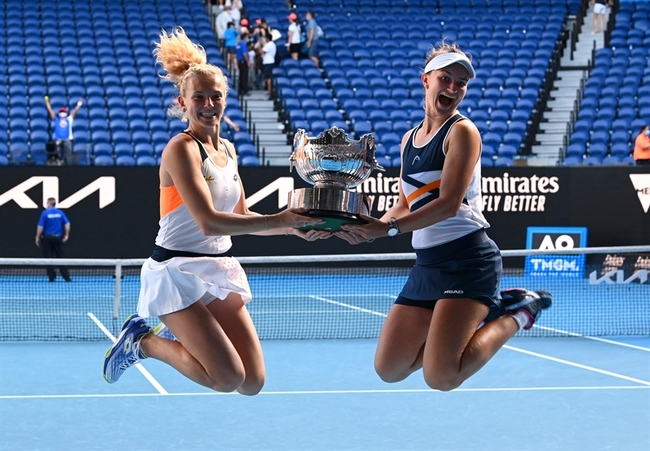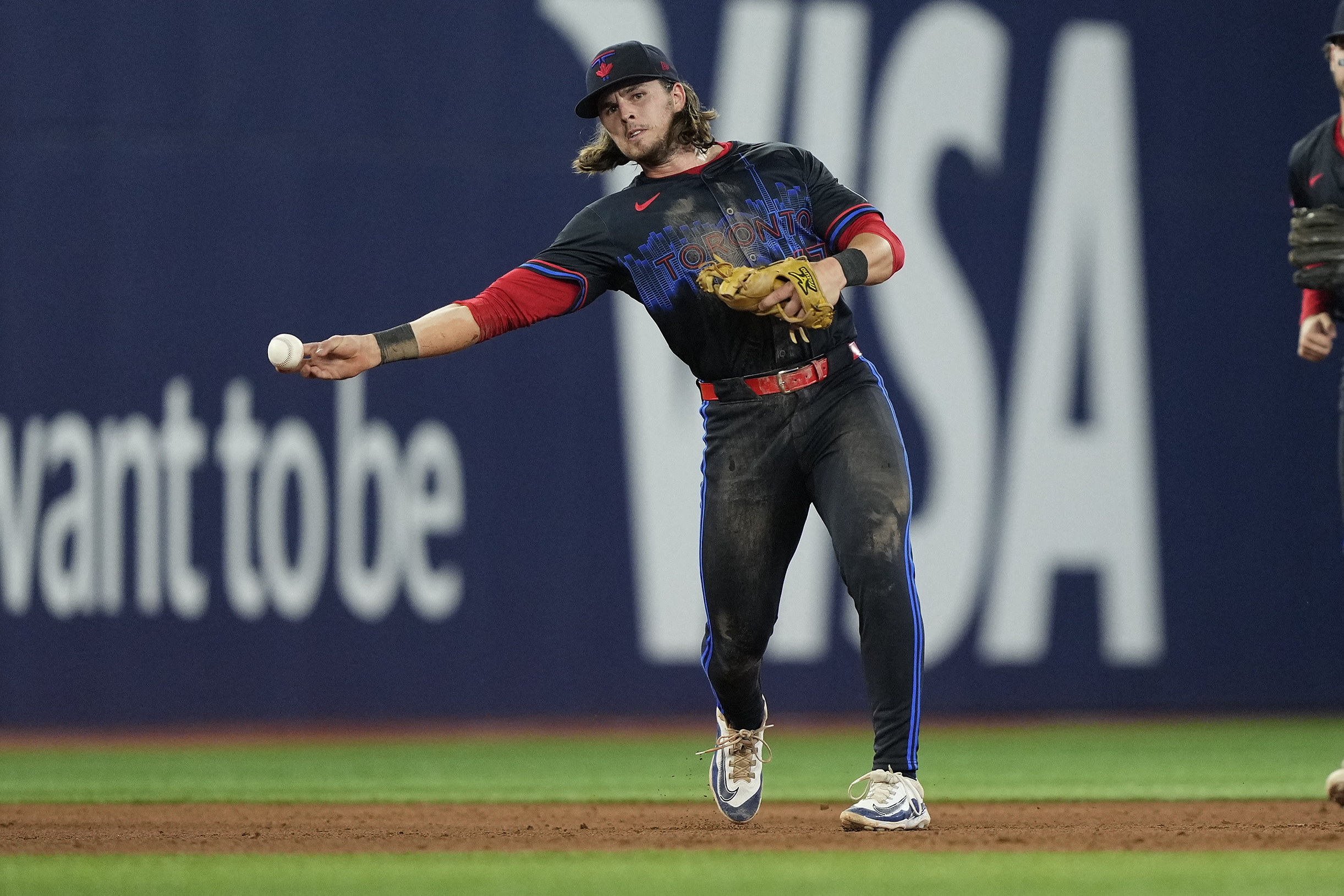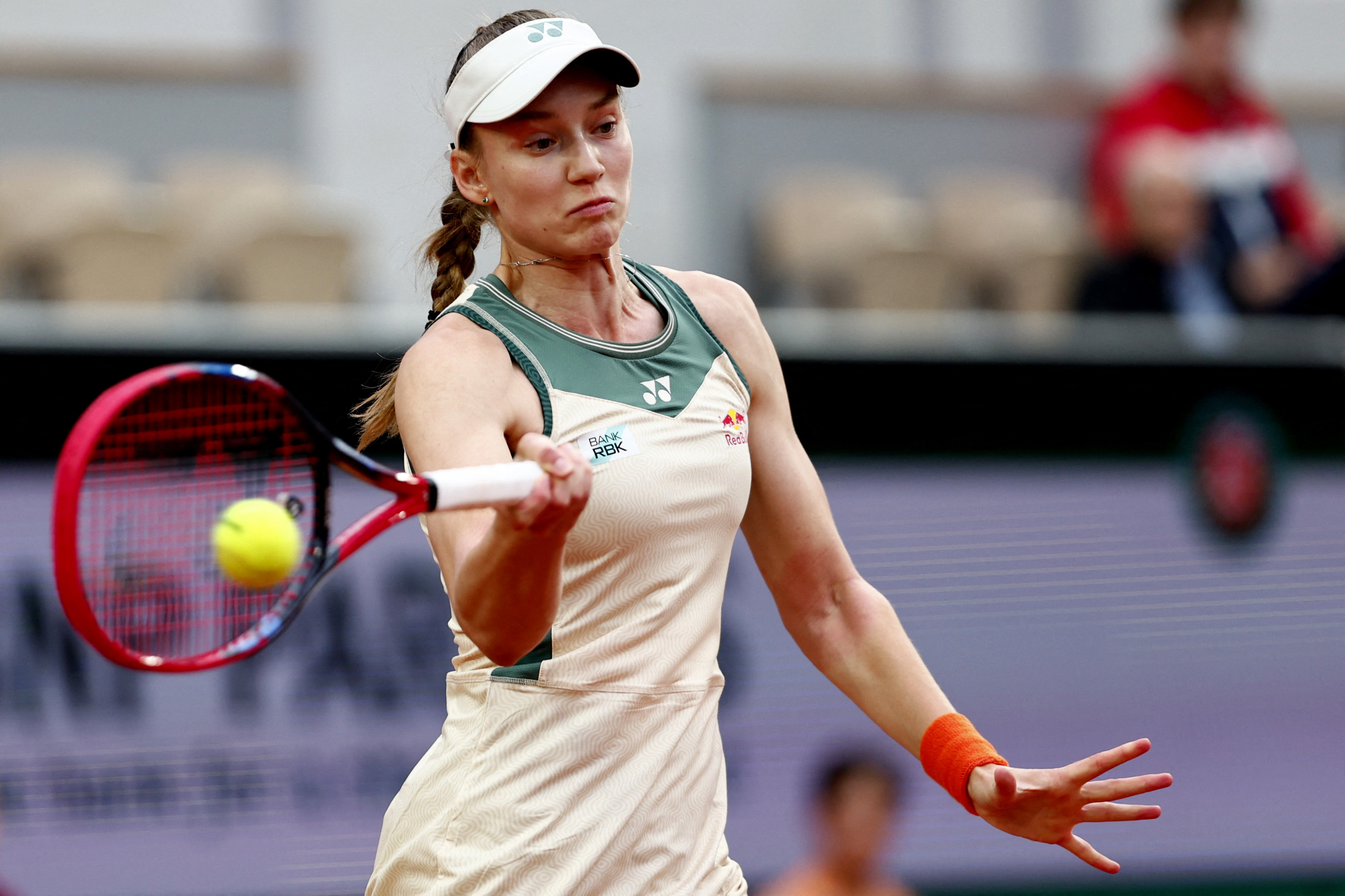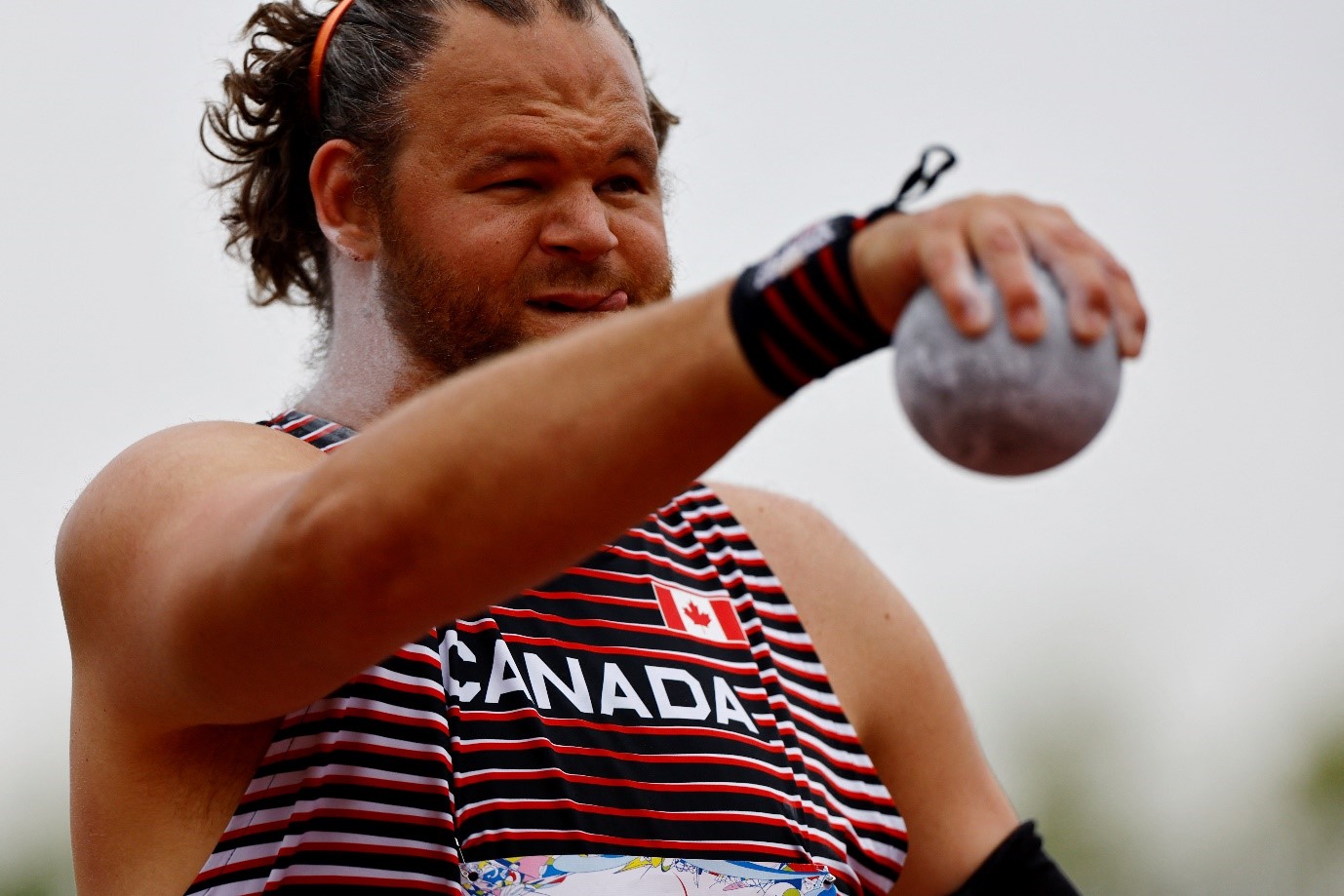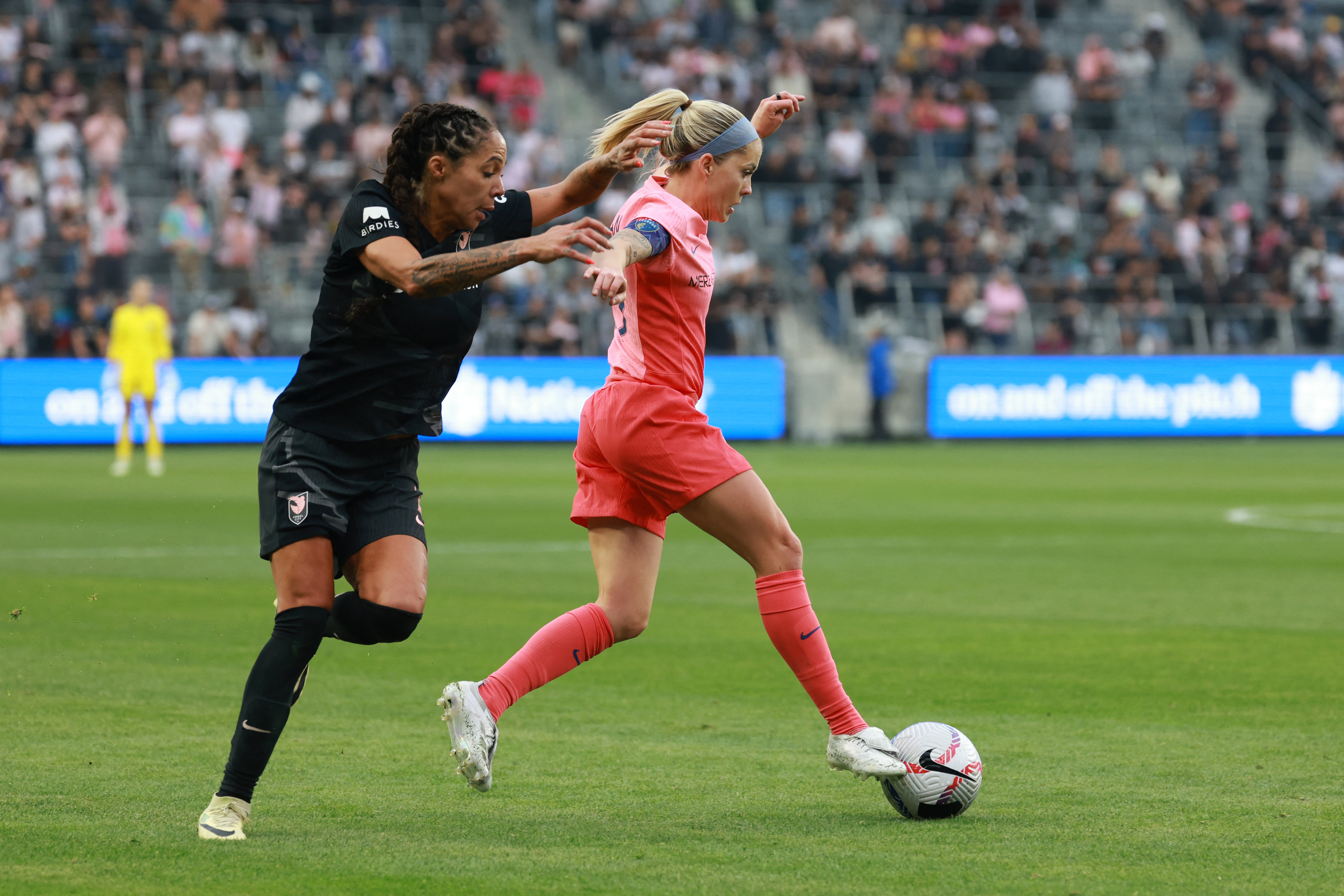Stitched together: LARS procedure and post-op ACL management
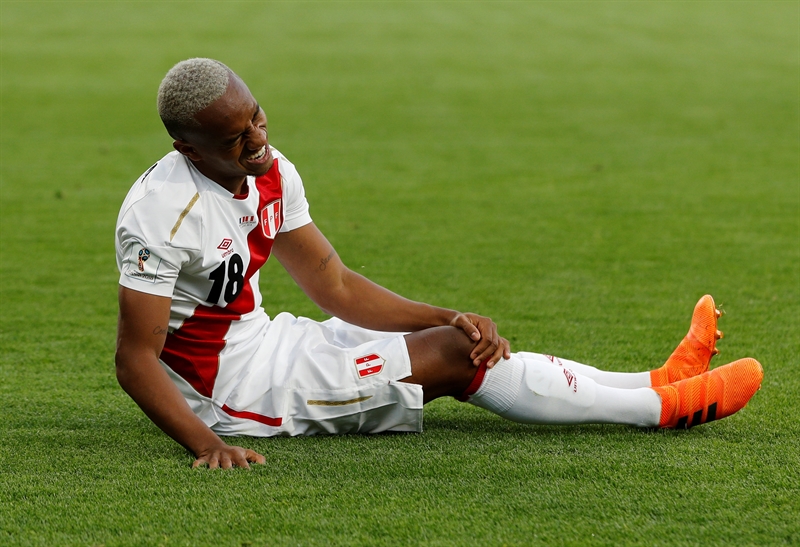
In our last newsletter we explored the anatomy of the anterolateral complex of the knee, reasons for the high rate of re-injury, and the rehab approach for conservative management. Most athletes, however, opt for surgical correction of an ACL tear. Contributor Chris Mallac highlights an alternative reconstruction method called a a Ligament Advanced Reinforcement System (LARS) procedure here.
The LARS is a synthetic graft that mimics the ACL through the alignment of its Polyethylene Terephthalate (PET) polyester fibers (see figure 1). The ninety-degree twist in the graft enables it to act more like the actual ACL, reducing shearing forces along the graft. The porous PET fibers function as a scaffolding, allowing tissue growth around and within it. This tissue ingrowth protects the graft from bony surfaces, helps anchor the graft to the residual ACL stump, and acts as a lubricant between the fibers, reducing mechanical wear. Polish researchers found the LARS graft provided excellent control of anterior translation and anterolateral knee movement six weeks after a LARS procedure (1). See Mallac's excellent review for more information about the procedure.
Figure 1: LARS scaffold consisting of an interosseous component of multiple parallel fibres of PET polyester

The advantage of the LARS procedure is the accelerated rehabilitation timeline, compared with traditional auto-grafts or allo-grafts (see table 1). In part II of his series on the LARS procedures, Mallac divides the rehabilitation into four phases and outlines the appropriate rehab progression. He points out that the LARS procedure is not well studied and only available in select areas. Researchers in Italy followed 60 cases of patients 40 years and older, up to five years post LARS procedure and found them to have good results, with 31% returning to their previous lifestyle, no cases of re-injury, and 85.4% lacking signs of osteoarthritis five years after the procedure (2). Chinese researchers found similar results after a 7-year follow up with 91 patients who underwent a LARS procedure (3). The population in the Chinese study was only slightly younger, and 46 of the 91 patients returned to sport. However, socioeconomic changes had taken place within the population during the seven years after their surgery. Many of them had been students at the time of surgery and now had regular jobs. Only 5 of the study participants were limited in return to sport by continued knee dysfunction. These findings are consistent with the other studies that Mallac sites in part I, which found extremely low rates of re-injury, faster return to previous activities, and greater overall satisfaction with the post-operative results. Perhaps LARS will soon take hold as the standard of care for ACL repair.
| Physical Milestone | LARS reconstructed knee | Autograft reconstructed knee |
|---|---|---|
| Protected weightbearing | Usually unnecessary | Dependent upon concomitant meniscal repair so this may be 6 weeks |
| Return to running | 6 weeks post op | 12 weeks post op |
| Return to training | 9 weeks post op | 16-20 weeks post op |
| Return to competition | 14-16 weeks | 24-52 weeks |
References
- Polim Med. 2016 Jul-Dec;46(2):155-161
- Musculoskelet Surg. 2018 Apr;102(1):57-62
- Medicine (Baltimore). 2017 Apr;96(14)
You need to be logged in to continue reading.
Please register for limited access or take a 30-day risk-free trial of Sports Injury Bulletin to experience the full benefits of a subscription.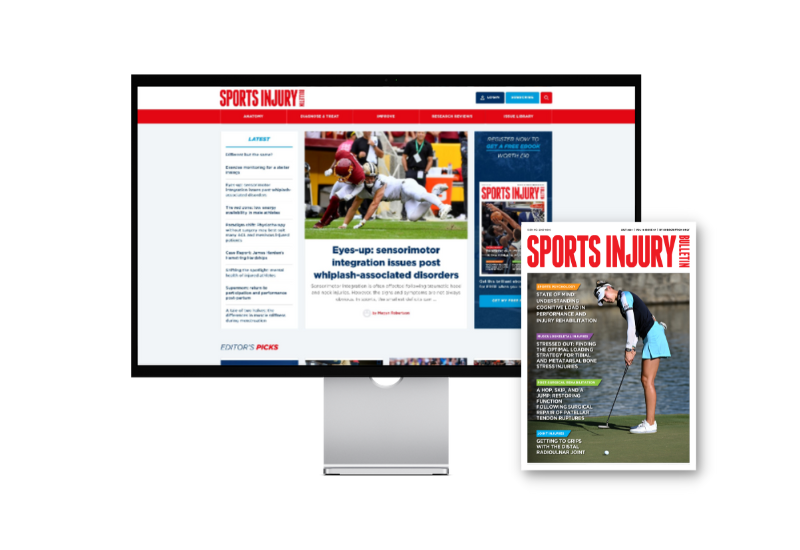 TAKE A RISK-FREE TRIAL
TAKE A RISK-FREE TRIAL
Newsletter Sign Up
Subscriber Testimonials
Dr. Alexandra Fandetti-Robin, Back & Body Chiropractic
Elspeth Cowell MSCh DpodM SRCh HCPC reg
William Hunter, Nuffield Health
Newsletter Sign Up
Coaches Testimonials
Dr. Alexandra Fandetti-Robin, Back & Body Chiropractic
Elspeth Cowell MSCh DpodM SRCh HCPC reg
William Hunter, Nuffield Health
Be at the leading edge of sports injury management
Our international team of qualified experts (see above) spend hours poring over scores of technical journals and medical papers that even the most interested professionals don't have time to read.
For 17 years, we've helped hard-working physiotherapists and sports professionals like you, overwhelmed by the vast amount of new research, bring science to their treatment. Sports Injury Bulletin is the ideal resource for practitioners too busy to cull through all the monthly journals to find meaningful and applicable studies.
*includes 3 coaching manuals
Get Inspired
All the latest techniques and approaches
Sports Injury Bulletin brings together a worldwide panel of experts – including physiotherapists, doctors, researchers and sports scientists. Together we deliver everything you need to help your clients avoid – or recover as quickly as possible from – injuries.
We strip away the scientific jargon and deliver you easy-to-follow training exercises, nutrition tips, psychological strategies and recovery programmes and exercises in plain English.

